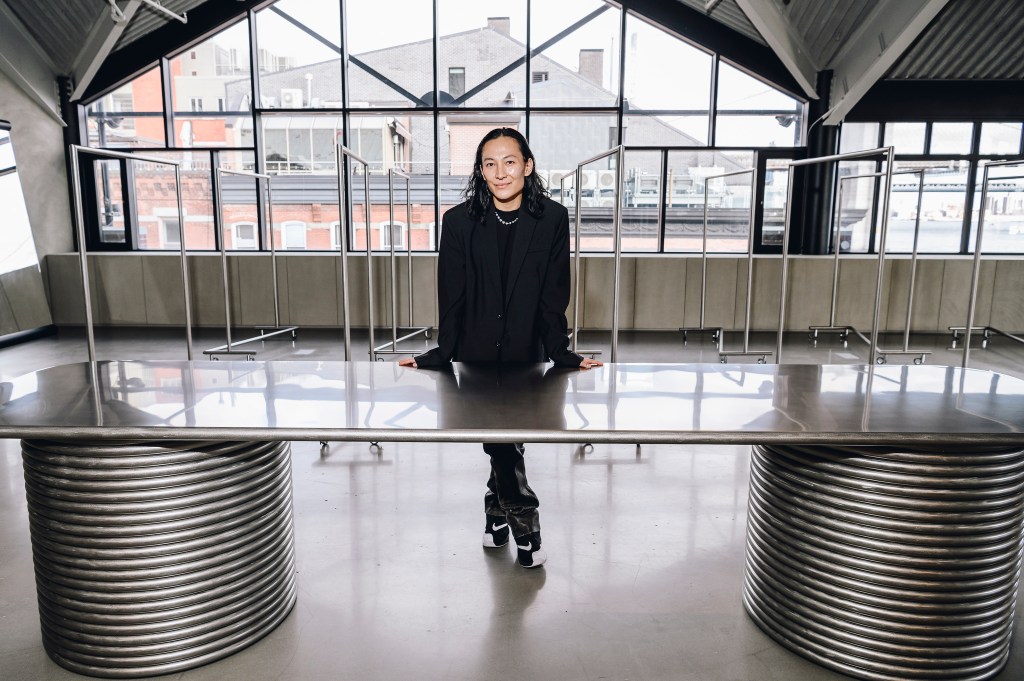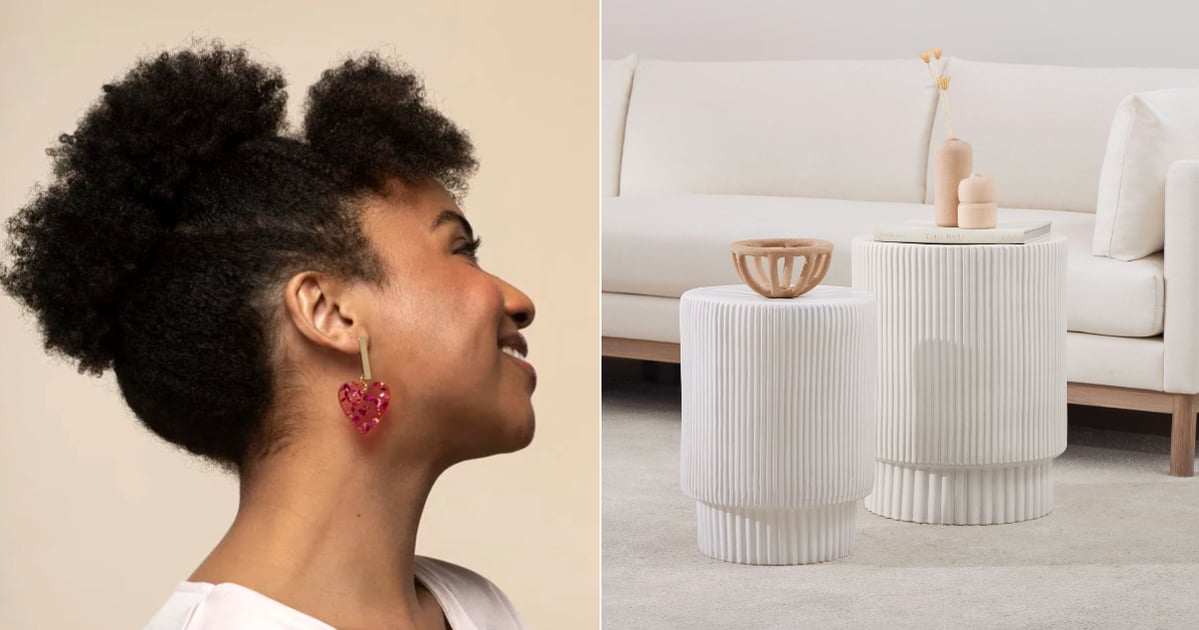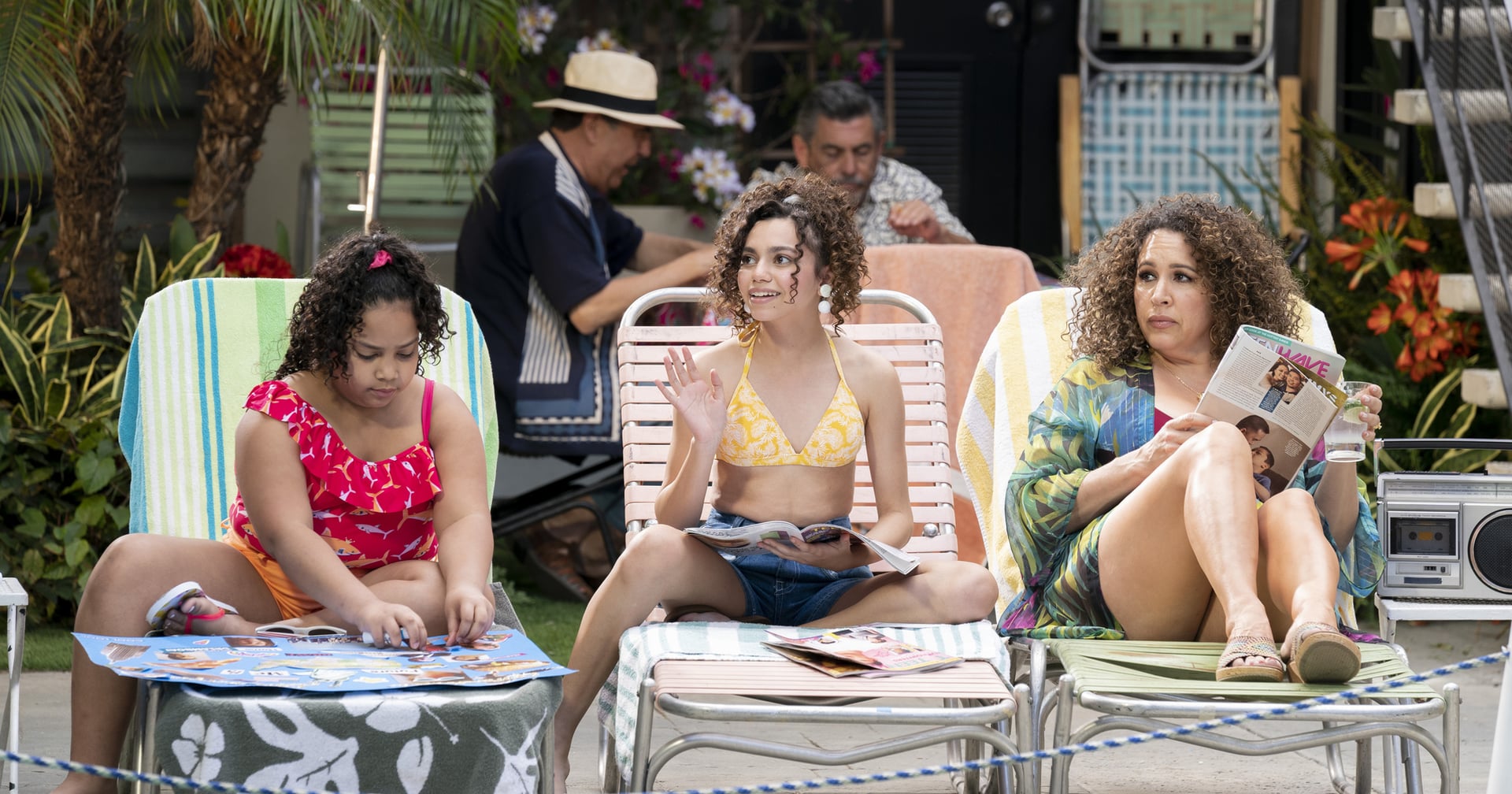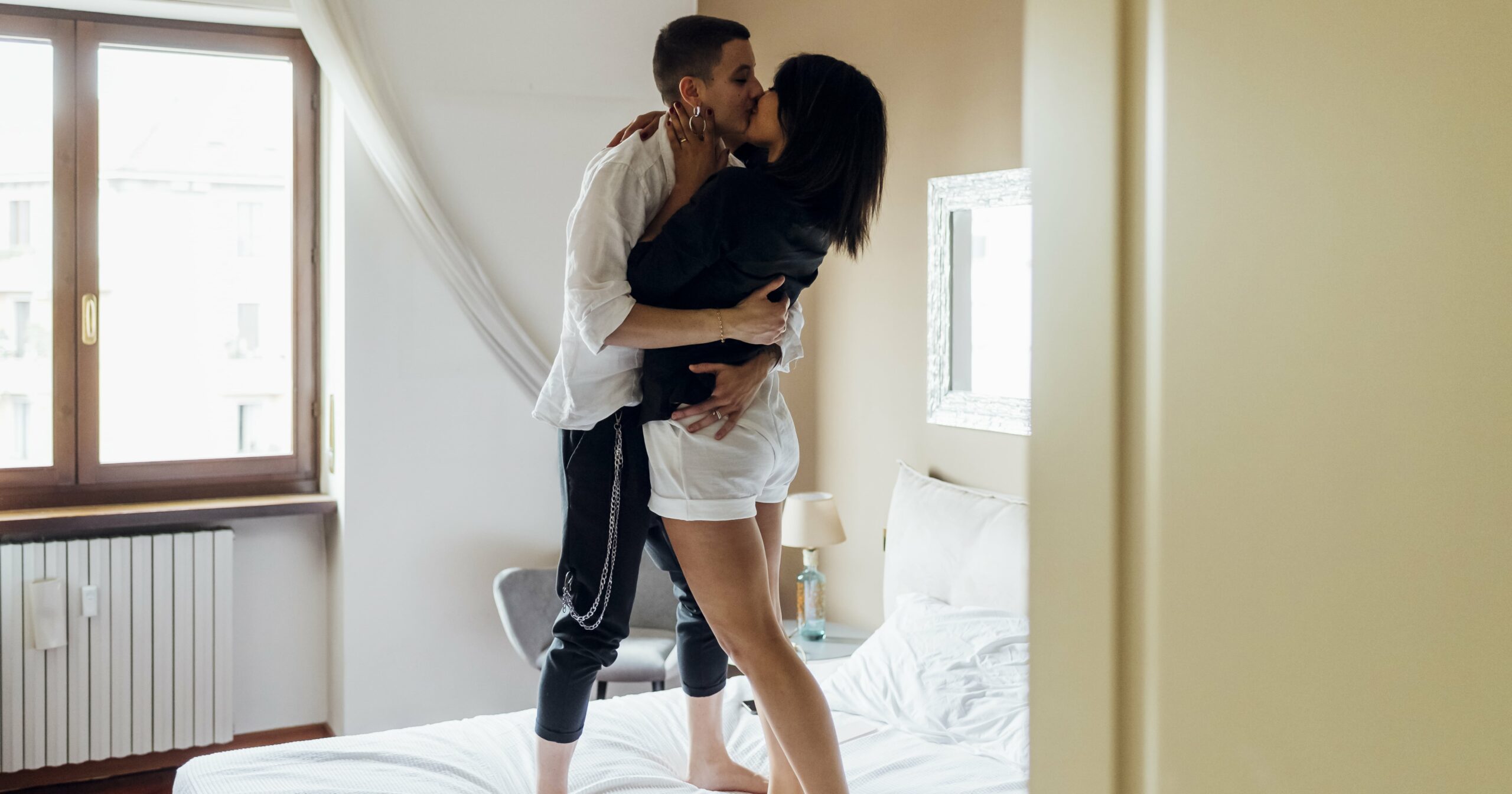As Alexander Wang approaches his 20th anniversary in business and moves into sprawling 46,000-square-foot headquarters at 139 Beekman Street in New York overlooking the East River, he is optimistic about the company’s future.
On Monday the brand will open its 33rd freestanding store — a 1,995-square-foot unit in the Miami Design District, following openings in Toronto and South Coast Plaza in Costa Mesa, Calif., this year. New stores are planned for Las Vegas and Vancouver. Wang closed on a minority investment last year from China-based entities Youngor Group and Challenjers Capital and has committed to building the bodywear category, opening freestanding stores in North America and strengthening the company’s online business. The brand also has its eyes on growth in Europe in 2024.
Just three years ago the picture was not so pretty. Wang’s world turned upside down when he was accused of sexual misconduct and sexual assault. He initially denied the accusations but ultimately issued an apology on Instagram in March 2021 which said, in part, “It was not easy for them to share their stories, and I regret acting in a way that caused them pain….Life is about learning and growth, and now that I know better, I will do better.” The company last week declined comment on whether financial settlements were made to the accusers. Since that time, Wang said he has become a changed person and has grown from the experience.
“In hindsight and reflection, you learn from everything that happens, good and bad. And I think in order to enjoy the peaks, you have to learn from the valleys. And I try to find the positive in every scenario. Obviously, during that time it was difficult at that moment, but to be able to put our head down and focus on what we have in front of us, and how we needed to really collaborate as a company. And my first and foremost instinct was to protect the people that I work with,” said Wang, founder and chief creative officer, in an interview at the new company headquarters.
After almost two years of construction, some 200 employees will officially move in the first week of January. Housing the whole atelier, including 42 sewers and nine patternmakers, the office has indoor bleachers, an archive on a carousel, and outdoor space for meetings. The company hosted pre-fall market appointments at the new location two weeks ago.

Throughout his personal crisis, he said all his employees remained on board. “You know their livelihood is dependent on the success of this business and very fortunately the last couple of years have been our strongest years in our business. We’ve been growing double digit,” the designer said.
During the crisis, Wang said, none of the brand’s wholesalers dropped it. “I’m very thankful. It was really reassuring that they stuck with us through those difficult moments. We’re just very grateful for that support,” he said.
The company is tracking to close out the year with more than $200 million in global revenues. China has become his number-one market, followed by North America.
Wang attributes the growth to several factors. “There really isn’t a sort of silver bullet. It really is a culmination of many factors. You know I’ve gone through a complete transformation, both personally and through work. Being able to set priorities in place, and focus on the top three things we need to do, versus the 10 things we want to do,” said Wang.
Approaching his 40th birthday on Dec. 26, Wang said he isn’t partying like he used to. The designer had previously honed a party boy reputation and was well known for his flashy after parties (the strip party, the frat party, the gas station party) following his runway shows during New York Fashion Week. During COVID-19, he bought a house upstate.
“I spend my weekends gardening and cooking and taking up a lot of new skills. There’s a lot of new energy coming here [upstate], and what I love about New York, there’s always new things starting, but like any human, you go through moments of change and evolution, where I’m finding new things that interest me, where I spend my time. Me, along with my friends and my customers, have really grown up. I think that the next chapter is really about the maturation of the brand. And what I’m so excited about is what this new sophomore chapter is all about. We’re coming upon on our 20th anniversary in 2025,” said Wang.
While Wang’s Asian business continues to grow quickly — there are currently 25 stores in China — he is looking to reinvest in retail and recommit to the North American market.
“As a native American brand, you know of course, this is where I started — New York. It’s been a very important territory for us to grow and nurture. Over the last couple of years we’ve been very lucky to have expansive growth in Asia, but North America has always been a priority for us,” said Wang, who was born to Taiwanese-American parents and raised in San Francisco.
Last year Wang had a pop-up in the Miami Design District for about two months which he called “extremely successful.” That has led to the new Miami Design District permanent location that opens Monday.
He said they designed last year’s pop-up outside of their typical store concept, creating a bold red palette with a crystal duvet bed and an inflatable pagoda. Within the first month, they overachieved their projections, he said. At that time, they had already secured their permanent location (167 NE 39th Street) across the street from Acne and Diesel, with Kith also opening across the street and a Gucci Men’s store on the corner of the block.
In addition to stores in SoHo and at the American Dream in East Rutherford, N.J., the brand has opened stores in Toronto and South Coast Plaza in Costa Mesa, Calif., “which was our first in California and that one is doing extremely well, and we’ve already over-exceeded our projections on that one,” he said. The store is currently performing 30 percent above projections.

Wang said his stores average 2,450 square feet, but the SoHo unit is the largest in North America at 4,070 square feet. He explained that the brand has two different concepts for its stores. One is with chrome metal pipes and the other is with a digital screen. “We call it our own television station. Anytime, at any location, we can program any kind of content. We can livestream throughout all the different locations for our shows. Essentially all the stores can be connected at one moment,” said Wang.
All his stores are designed in-house. “I tested a lot of these concepts through the opening of our stores in China and Asia, as we were opening about one a month last year. We were able to test-drive a lot of new fixtures and finishings, and it was a very prolific creative process, which I really much enjoyed,” he said.

The Miami store, which is designed as an open, industrial space, expands on the brand’s design codes and sleek aesthetic. It features mirror-polished stainless steel surfaces and a perimeter of LED walls that provide a backdrop of Alexander Wang content.

The Las Vegas store will open in the late first quarter of 2024, and the Vancouver one will likely be the first quarter of 2025. Wang said they are also actively looking to open stores in Europe. The brand has had a flagship in London for about eight years on Albemarle Street, which is its biggest store globally at close to 4,000 square feet across three floors.
According to Wang, each of his stores attracts different types of customers. The London store is very much based on VIPs and a lot is done through consignment and special services. SoHo has more foot traffic, and he expects Miami will get more foot traffic because it’s in the Design District.
Wang anticipates Las Vegas will be a big opening. He said he’s been going to Vegas with his family since he was a child for Chinese New Year, which was a family tradition. The Wang store will be in the new Fontainebleau Las Vegas, which opened last week. Another city that interests him is Atlanta, where he feels his customer is. “And of course L.A. It’s one of those cities where we need to not just open a store, but have a really special experience and something that has more of a story to it. So I’m taking my time to find the right location there,” he said.
To tease the Miami opening, the company launched an ad campaign with Naomi Campbell. It also served to create buzz for the company’s ready-to-wear and accessories.

Having made a name for himself designing easy designs for hip, savvy and young customers and his “model off duty” style, Wang was asked who is his customer today.
The designer said he still has the customer who started with him. “I think there’s definitely the customer that has grown up with us. I’m approaching 40 this year. And, you know, there’s the customer that’s grown up with us, and her lifestyle has changed. She’s starting her own family. We’ve launched childrenswear,” he said.
There’s then the new customer who’s grown up on social media. “We realized that we had a huge fan base that really wasn’t able to interact with the brand after we have done a lot of those collaborations such as H&M, Uniqlo and Adidas. We wanted to be able to create a category that was really about converting our fans to customers. And so we launched bodywear about a year and a half ago, which essentially is our entry price point into the brand,” he said.
“We still to this day have not done one licensed category. It’s all done in-house. You know, for me it was really important to control the creative process. I do feel that eventually this is going to be a big digital play. And we are really evaluating different opportunities in that digital space in terms of digital platforms,” he said.
The brand recently did a CGI animation of its bodywear on the beach to promote its new Miami store opening and did another CGI animation of a huge bralette hanging off the Brooklyn Bridge, which got 52.7 million views.
Wang is clearly excited about broadening his reach with the more accessibly priced bodywear collection.
“It was important that if I was going to launch bodywear, I wanted it to be a category that fans could really engage with. So it’s not necessarily the Calvin space where you’re buying a three-pack for $19. It’s a little bit more premium than that. But I also felt that no one was really re-discussing this idea of American heritage within underwear. I grew up loving the idea of provisions, you think about Fruit of the Loom and Hanes and finding them at the grocery store. They’re part of your essentials. So I love the idea of taking this Americana twist and re-contextualizing it, reimagining what it looks like for a customer today. How do you redevelop the cotton ribs so it doesn’t stretch out? Is it opaque enough so you can really wear it? Our tagline is ‘whenever wherever,’” he said.
At the launch, Wang did a social campaign with Julia Fox going grocery shopping in her underwear. “But you know, that’s the thing, I see girls all the time out wearing sports bras, going out at night. Going to the gym. And walking around the street. It’s really become kind of a staple that doesn’t need to become so much pigeon-holed into this idea that you’re only wearing it at home, or going to sleep,” he said. Its latest holiday campaign features Ming Lee Simmons.
Right now, the bodywear business is mostly direct-to-consumer, with a few wholesale partners such as Fwrd, Ssense, Bloomingdale’s, Lane Crawford and Revolve. “It’s really done well through all of our own stores. But I do feel like the next evolution of it will be a huge digital partner that we are currently evaluating,” he said.
Asked about potential new categories, Wang said his main focus is bodywear, but eventually he wants to enter the hospitality space. He declined to divulge specifics, but said he would do something within lifestyle. The company doesn’t do any home yet. He said designing his stores and his offices has given him inspiration to design spaces that people use.
Turning to his wholesale business, Wang’s ready-to-wear, accessories and T by Alexander Wang are sold at such retailers as Saks Fifth Avenue, Harrods, Selfridges, Harvey Nichols, Printemps, Galeries Lafayette, La Rinascente, Lane Crawford, Joyce, Kith, The Webster, LN-CC, Net-a-porter, Ssense, Fwrd, Revolve, and LuisaViaRoma. He doesn’t object to adding more wholesale partners. “It’s really about finding the right partners who really believe in the brand story,” said Wang.

Revenues and EBIDTA (earnings before interest and taxes) are the strongest in the history of the company, he said. Addressing whether his Asian business has grown faster than the U.S. market since his personal crisis was more pronounced in the U.S. market, Wang said, “I would probably say Asia has taken off the most exponentially within the last couple of years.” He credits that to focusing a lot on product strategy and merchandising, and the right locations and square footage. “We’re in a groove. We closed an investment this year. A lot of our growth was ignited prior to our investment closing. Their background is very interesting because they actually come from the food and beverage space,” said Wang.
The company has been transitioning some of its Chinese distributor businesses back in-house this year.
On the topic of fashion shows, Wang said the brand scaled back on showing on calendar even before COVID-19 and the allegations. While he still does four collections a year and goes to market four times a year, he said, “I think creating these moments during fashion week became more of a routine for me. And I want to say like, ‘hey, if we’re going to go out there and be able to kind of bring together all this incredible talent, let’s make these moments really mean something,’” he said.
Since COVID-19, Wang has done two fashion shows. One was in Los Angeles in April 2022 called “Fortune City,” where they worked with a lot of Chinatown organizations across North America. The second one was planned for New York’s Chinatown. “The timing of it got a little skewed because of the COVID lockdowns happening in China. And so we had to push it out. And it ended up falling [around] Valentine’s Day [Feb. 8, 2023]. It was called ‘Cupid’s Door.’” It featured fall, a bit of “see now buy now” spring, pre-fall and a menswear launch. Wang said the menswear came out last summer. Previously, the brand had labeled it unisex, but as it built out the store fleet in Asia, they needed more men’s fashion.
Wang doesn’t plan to show in February, but will have “a moment” in early 2024. Asked if he’ll eventually get back on the fashion calendar, he said, “If the right moment comes along, absolutely. I have nothing against showing in fashion week. It’s having the right story to tell at the right location and at the right time.”
He said they’ve been very focused on completing the office, which he started working on two-and-a-half years ago, before the investors came along. Wang said he found his new investors before COVID hit and ended up doing the process over Zoom, never meeting them in person.
The company is looking for a new chief executive officer. The company’s adviser is Paula Sutter (former president of Diane von Furstenberg), who’s been advising the brand for 15 years.
Celebrities have also supported the brand through the tough times. “They’ve been a huge support for us through all the years, even from the beginning. Rihanna and Kylie [Jenner] and the girls have really just loved the product. We’ve been just very appreciate of their support,” said Wang.
Over the last few years the brand has been able to turn a predominantly wholesale business into a mainly DTC one (website and freestanding stores). Originally it was about 70 percent wholesale, and 30 percent DTC, and now it’s 40 percent wholesale, and 60 percent DTC. He noted that the website is their biggest store. Retail sales are up double digits, in comparison to last year, he said.
Being more DTC has allowed the company to re-cut something if it’s selling well. The company manufactures about 30 percent in Europe throughout Spain, Portugal, Turkey and Italy. It also produces in Japan and China.
Turning to his accessories business, Wang noted that he’s bringing back hardware on his handbags in a big way. This spring he will be releasing modern takes on his legacy designs, including its cult-favorite Rocco bag. At present, some 70 percent of Wang’s business is in ready-to-wear and 30 percent is in accessories.
Last fall Wang mounted his first retrospective fashion exhibition, “Edge: Exploring the Worlds of Alexander Wang,” at the plaza of Beijing’s luxury shopping complex Sanlitun Taikoo Li. He had never gone back into the archives through that lens before and the company created its first brand book. The exhibition ran from Sept. 27 to Oct. 25 and presented a selection of archival and current pieces, curated by Wang himself.
“We had opened all these stores in Asia and a lot of people might know the name, but they might not know the story. They know the collaborations we’ve done with McDonald’s, BMW, Adidas in China. But we’ve never done a show there before. And so that’s kind of why we put together this exhibition,” he said.
Wang was asked how his tenure as creative director of Balenciaga, a role he held from 2012 to 2015 while simultaneously designing his own collection, changed him.
“It was like grad school. I never thought about joining another brand. When the opportunity came, it was something that really took me by surprise.” While he took the job as a 30-year-old, he knew at the end of the day he wouldn’t be staying for a long time. He never got an apartment in Paris and stayed at “every fabulous Parisian hotel.”
“It was very ‘Emily in Paris’ and I always knew I would come back home to the place where I built this from the ground up,” said Wang.
He wanted to see how he would operate at a much higher level and redeveloped the brand’s fragrance licensee and its eyewear licensee. “I wanted to kind of soak in as much information to be able to bring that knowledge back home. I was very cautious not to go into a situation where I have all my eggs in one basket. Which is why I kept the investment very separate,” he said.
It was a lot of pressure to be at Balenciaga and do that job, “but I love a challenge.”
“Being able to take that knowledge and bring it home and you know kind of figure it out like, where did I really want to go? And that’s really when I started having initial conversations about what does it look like when we want to take this family-run business to the next chapter?”
Asked if the goal is to take the company public, he said, “We’re not getting to that conversation yet. I think we’re being very open-minded about where we want to take the business.” The investors bought out his parents’ share but didn’t invest more money in the business. He said all the growth from the business has been from the company’s own profits and cash flow.



